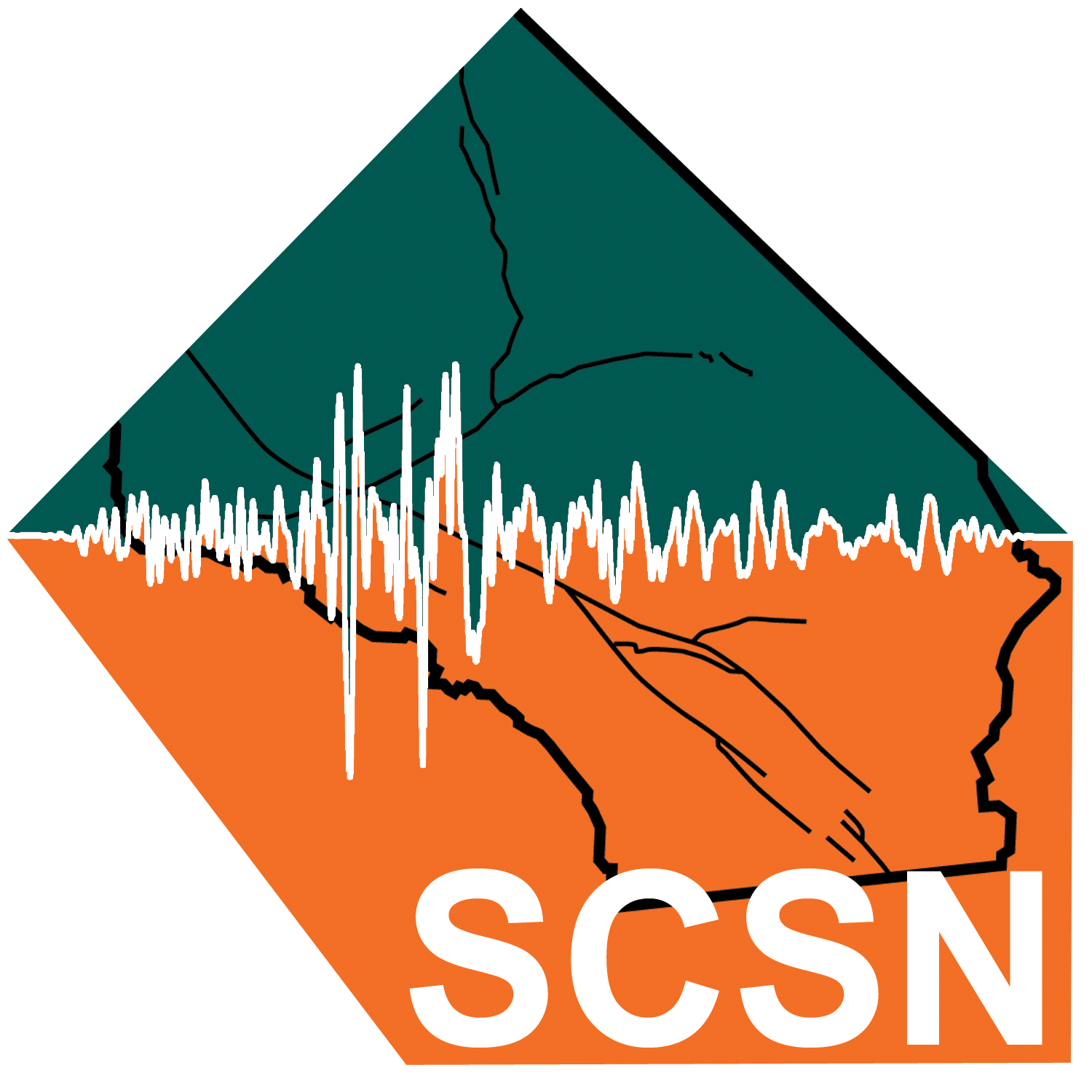Earthquake Information
Fault Name Index
A | B | C | D | E | F | G | H | I | J | K | L | M | N | O | P | Q | R | S | T | U | V | W | X | Y | Z
Elsinore Fault Zone
TYPE OF FAULTING: right-lateral strike-slip
LENGTH: about 180 km (not including the Whittier, Chino, and Laguna Salada faults)
NEARBY COMMUNITIES: Temecula, Lake Elsinore, Julian
LAST MAJOR RUPTURE: May 15, 1910; Magnitude 6 -- no surface rupture found
SLIP RATE: roughly 4.0 mm/yr
INTERVAL BETWEEN MAJOR RUPTURES: roughly 250 years
PROBABLE MAGNITUDES: MW6.5 - 7.5
MOST RECENT SURFACE RUPTURE: 18th century A.D.(?)
OTHER NOTES: Recurrence interval given above suggests slip of 1.25 to 1.5 meters per surface-rupturing event.
The Elsinore fault zone is one of the largest in southern California, and in historical times, has been one of the quietest. The southeastern extension of the Elsinore fault zone, the Laguna Salada fault, ruptured in 1892 in a magnitude 7 quake, but the main trace of the Elsinore fault zone has only seen one historical event greater than magnitude 5.2 -- the earthquake of 1910, a magnitude 6 shock near Temescal Valley, which produced no known surface rupture and did little damage.
At its northern end, the Elsinore fault zone splays into two segments, the Chino fault and the Whittier fault. At its southern end, the Elsinore fault is cut by the Yuha Wells fault from what amounts to its southern continuation: the Laguna Salada fault. Several of the fault strands which make up the Elsinore fault zone possess their own names. Northwest of Lake Elsinore are the Glen Ivy North and Glen Ivy South faults. Heading southeast from Lake Elsinore, the two parallel fault strands are the Wildomar fault (the more easterly) and the Willard fault.
This fault is featured on the following maps:
Southern Fault Map
Los Angeles Fault Map






